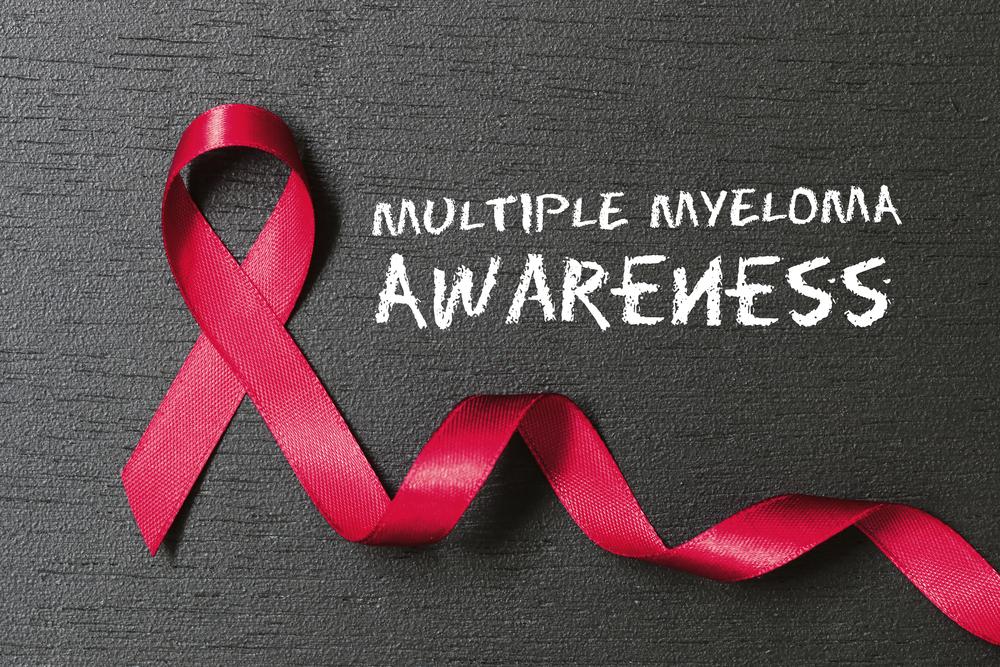Understanding Multiple Myeloma: Signs, Causes, and Treatments
This article offers a comprehensive overview of multiple myeloma, highlighting its causes, symptoms, diagnostic criteria, and treatment options. It emphasizes the importance of early detection and professional consultation to improve outcomes for those at risk or diagnosed with this blood cancer. Understanding risk factors such as age, occupation, and family history can aid in prevention and management strategies.

Understanding Multiple Myeloma: Signs, Causes, and Treatments
Multiple Myeloma (MM) is a type of blood cancer that affects plasma cells in the immune system. Although it is a relatively common hematologic malignancy, it accounts for about 1-2% of new cancer diagnoses annually.
The immune system relies on various cells to combat infections, notably lymphocytes, which include T cells and B cells.
When infections occur, B cells mature into plasma cells that produce antibodies (immunoglobulins) to neutralize pathogens. These plasma cells predominantly reside in the bone marrow. However, if plasma cells multiply uncontrollably, they can form tumors called plasmacytomas, usually in bones, but sometimes in other tissues. A single tumor is termed an isolated plasmacytoma, while multiple tumors indicate multiple myeloma.
This disease can impact various body systems, including bone marrow, blood, kidneys, bones, and immune defenses. The prognosis tends to be poor due to frequent complications. Diagnosis requires detecting (1) increased plasma cells (plasmacytosis), (2) bone destruction (lytic lesions), and (3) the presence of M proteins in blood or urine.
Standard treatment involves chemotherapy, with drugs like melphalan, cyclophosphamide, or chlorambucil combined with prednisone. Cyclophosphamide is preferred for its fewer side effects. Supportive therapies manage anemia, bone pain, and high calcium levels.
The precise cause of multiple myeloma remains unknown. However, radiation exposure, family history, and certain occupations such as farming, woodworking, and petrochemical work are linked to increased risk. Age is a significant factor, with the risk rising after 40, especially in those over 68. Men and Black populations are more frequently affected.
Disclaimer:
The information provided about symptoms, treatments, and health conditions is for educational purposes only. It should not replace professional medical advice. Always consult qualified healthcare providers for diagnosis and treatment decisions.










